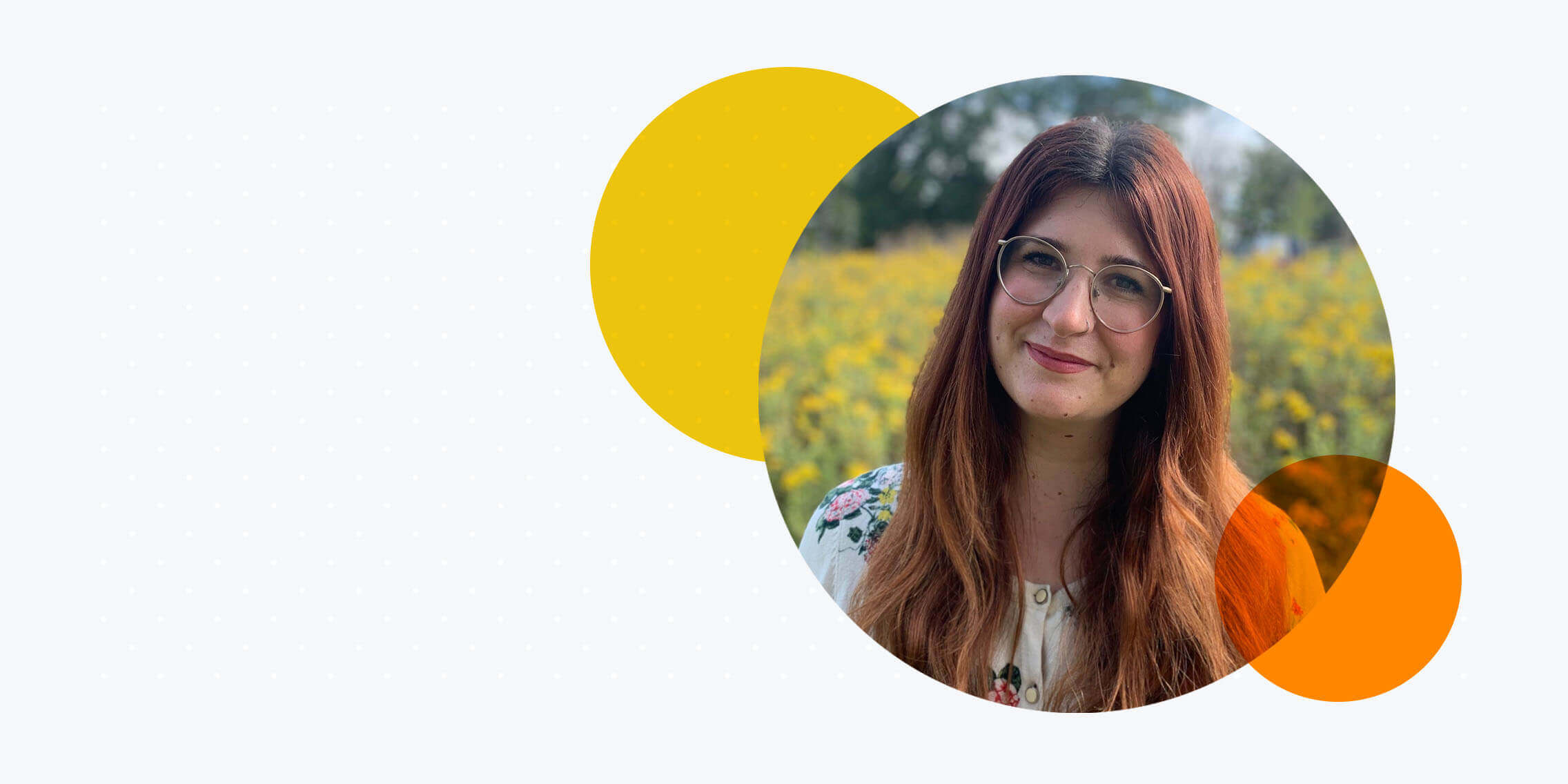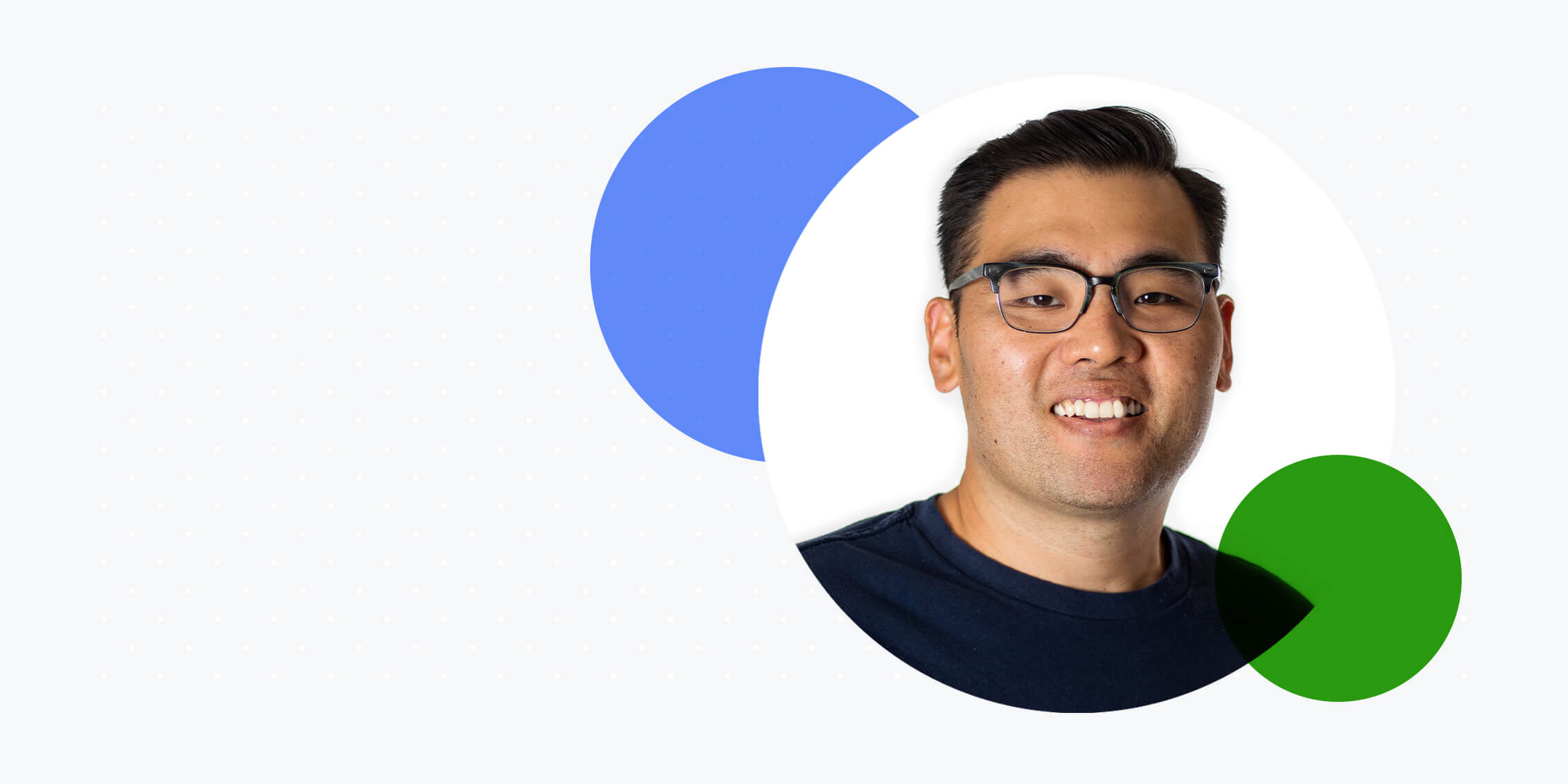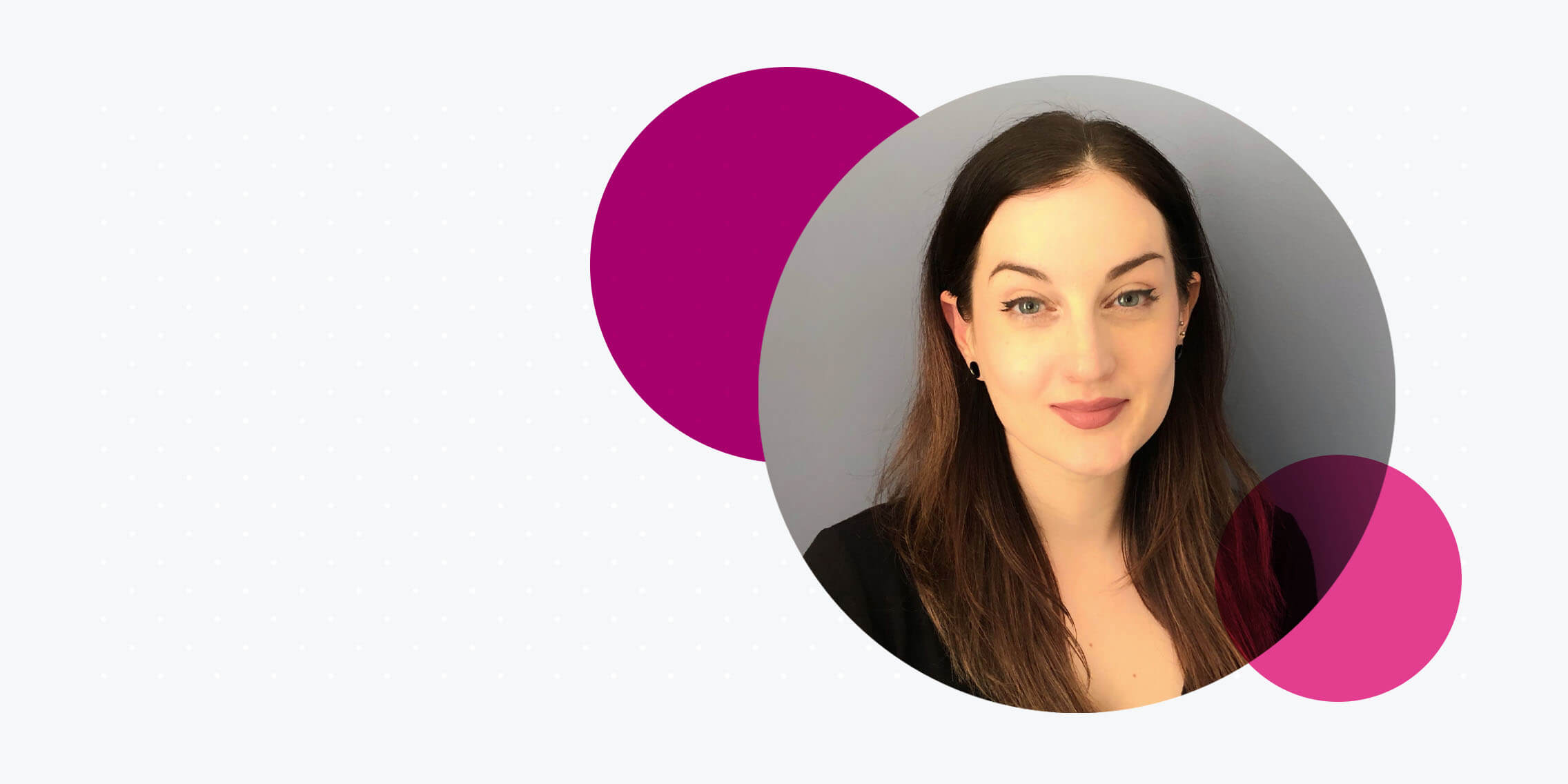How learning UX secured Victoria an exciting promotion.
What was your background before working in UX?
I grew up in the Bay Area and went to college in Napa Valley. I worked in the wine industry for a really long time, until we decided to ditch our San Francisco lives for Kentucky. I started working for the company I work for now, Alltech, at an administrative level.
Why did you want to move into UX?
I was working on the SharePoint site, doing basic content entry. I was working closely with our web developer and became really interested in what he was doing. He recommended UX and I started going to conferences to learn more. Then my boss gave me an outline to work towards. He said if I could complete these certain tasks, he would propose changing my role to UX. That’s when I decided to upskill.
Why did the Professional Diploma in UX Design stand out from other courses?
I researched different options but none offered the depth I was looking for. It was all one-off classes or access to a few videos. I wanted something with more substance; that felt like I was accomplishing something bigger. I wanted a course that would challenge me and keep me accountable.
What was the support like during your studies?
The one-on-one support was really important. I was always able to email the team with questions.
The Slack channel was also really active and everyone was so supportive. That kind of interaction is really not something you get with other providers, consistent help and guidance. And the ability to collaborate with other students. It felt like a real class.
How did you manage the course work with your other commitments?
I was actually pregnant when I took the course. To manage everything, you have to have a good support system. My boss was invested in me pursuing the course and then my daughter was just an angel, the best baby. She would sleep and I would put together some wire frames. As long as you’re invested and passionate, you just find the time. At a certain point, you don’t really think about how you get it done, you just know you have to, and you kind of just do it.
Any advice for someone that might be struggling to balance work and studies?
Ask for help when you need it and try not to feel so self-conscious.
At the start of the course I was worried that the other students would be far more advanced than I was. But you look through Slack and everybody’s coming for help. There’s no shaming. It’s just a really great community of people helping each other.
I would say lean on the support of your classmates and all the team from UX Design Institute. Don’t to be afraid to ask for help if you need it, because you just learn so much when you do that!
What was the biggest benefit of the course for you?
Getting a promotion! It was all down to the course!
It was such good preparation for the obstacles that you’re going to face working in the industry. Maybe you don’t have the budget for the research that you want to do, maybe stakeholders are really pushing for something that you don’t agree with, or maybe you’re not working well with a developer. The course helped me prepare for all those scenarios. It gave me the patience to bulldoze through the obstacles and make good decisions.
How was the experience of building the portfolio?
So great! I couldn’t wait to go to work and show it to my boss. I was really fortunate about moving up in a company I was already in but I know a lot of people who developed their whole portfolio in this course and were able to present it and get a job like I have now.
I think the course portfolio really helped solidify, not only my qualifications, but my dedication to the role and my dedication to work on my knowledge of UX design. It meant I could move from a basic content entry role to a UX manager.
How has the course helped you do your job better?
I feel like I bring so much more now because I can really dissect and analyse how things are going and what can we do to improve them. Before, there was no one around that could do AB tests, heat maps or affinity diagrams.
We now have the knowledge to make our product the best we can and then continue to test it, to keep making it better. It would be hard without having that research to prove your point. What’s important to other people in the company, isn’t always important to our users.
How did you find the video format of the course?
Great! We live in an age where people are fine with binging content, including me. Being able to watch the videos when I felt like it was really helpful. I loved the real life examples and the reading resources too.
Was the course difficult without previous design experience?
No, it was okay. I was totally unfamiliar with mid and high-level prototypes and the tools needed. It was challenging at first but then just became super fun, like a video game or something, trying to unlock different features and levels.
Can you describe your current role?
My role is UX manager within the digital marketing team. We’re an animal feed company so we have new products coming out a lot. I started the role when the site was already built so a lot of my day-to-day is making little tweaks to existing sites and micro-sites, editing different pages within the site to make them perform better, and just testing and retesting. I work with our website manager and developer very closely.
What’s your favourite thing about UX?
I think the fact that empathy is so important. There’s not a lot of jobs out there where that’s a plus. I also really like what that’s done for women in the industry. Coming from Silicon Valley, a lot of my female friends don’t have the same positive experience because it’s harder for women to break through that competitive tech environment.
With UX, women have the opportunity to really excel and bring so much value to the table.
Would you recommend the course?
Oh yeah, hell yeah! I would say just take the time and do it; it’s so worth it.
It’s the best investment you could make for yourself and for your career. The connections that you make, the knowledge that you gain, and just the confidence that you build in yourself is really special.
Every time I would complete an assignment that I thought was going to be really difficult, and maybe it was difficult, I felt that’s something new that I now know how to do. That was really cool.




